How to Prevent and Recover From a Ransomware Attack In 2024?
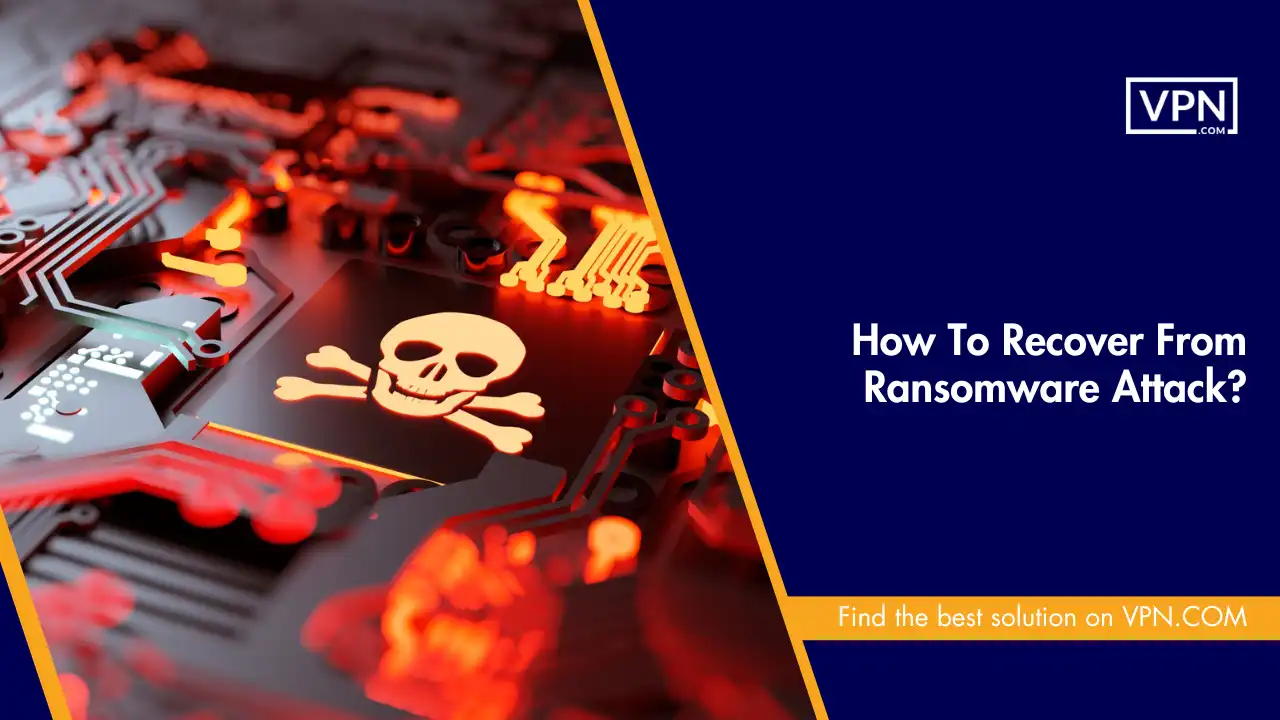
In the current digital world, ransomware is just like a bully who kidnaps your most essential documents, and you need to pay to release them. It may result in small problems, such as you might lose valuable data or stop doing what you are working on, and in the long run at a high cost. It is a basis where the strike is followed by a plan for quick recovery from ransomware.
The most effective way to avoid losses in an attack by ransomware is to be proactive, not reactive. Up-to-date computer software, dependable antivirus protection, and regular backing up of essential files to external drives or the cloud can help you to prevent cyberattacks. Thus you will not worry at all if the ransomware somehow gets through to your system because you’ll have your own backup copy already saved on another storage device.
However, if ransomware is responsible for your computer getting infected in today’s world of technology in which everything happens online, then you need to take certain steps to recover.
It could be doing a reverse from the backup, removing the ransomware after an infection, and also trying other security measures to keep out future attacks. That’s a time-consuming activity that needs considerate concern and proper response, but you can get restored quickly and reduce the destruction if you are ready.
What is a Ransomware Attack?
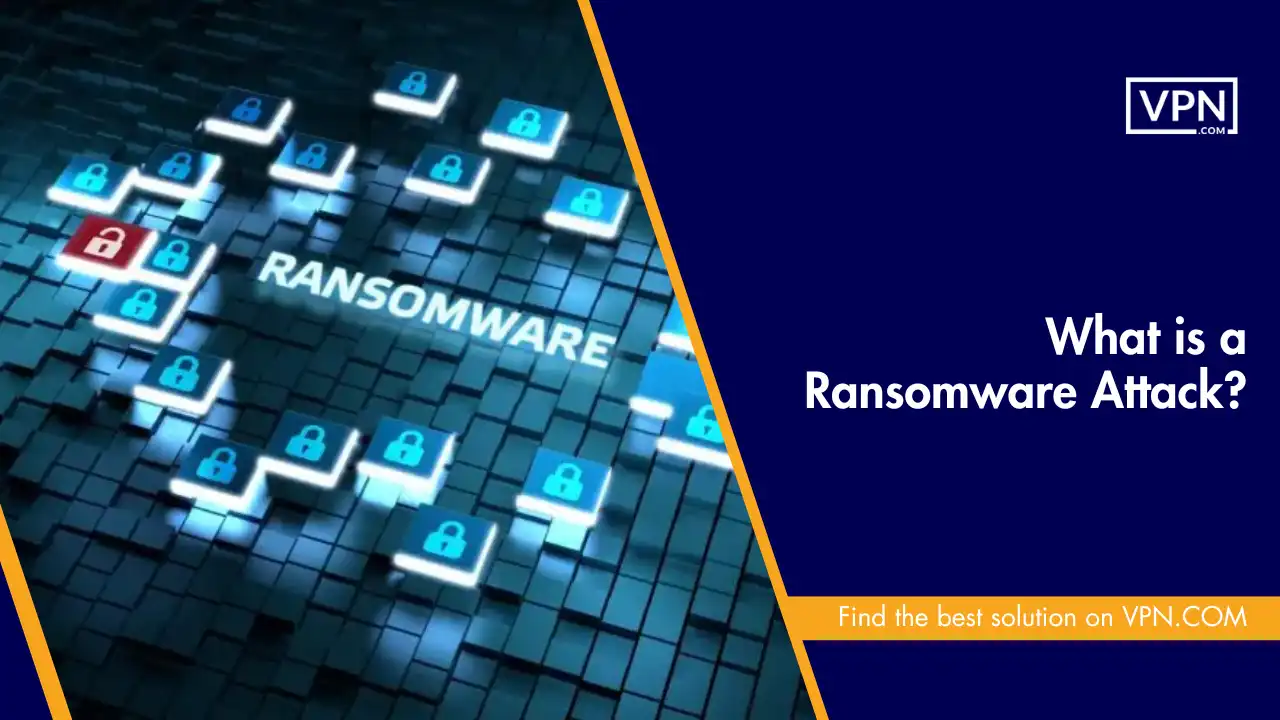
Ransomware is like having a digital kidnapper hold your precious files and documents for ransom. These cyber crooks use malicious software to lock you out of your own computer until you pay them a hefty sum, often demanding payment in cryptocurrencies like Bitcoin to stay anonymous.
It’s a shady scheme that can happen in several ways. Maybe you accidentally opened an infected email attachment or visited a sketchy website. Or perhaps there was a security hole in your system that the ransomware exploited to sneak in.
No matter how it gets in, ransomware is a nightmare. Imagine losing access to all your family photos, important work documents, and personal records until you cough up the cash to these digital extortionists.
The best defense is to stay vigilant. Be very cautious about emails and websites you interact with, especially anything that seems even a bit shady. And most importantly, keep your system’s security up-to-date with the latest protections against these evolving cyber threats. A little prudence can save you from that ransomware heartache down the line.
This is the moment when you all have terrible nightmares. The ransomware penetrates you, and it hides behind your data, making it unreachable for you to use anytime. I don’t care to call this ransom but extortion.
Just imagine paying thousands of money for what you own but can’t use. This is an awful situation because it can exit you from that document, photos, or your entire computer. Then just entrust the reasons for knowing how to stay on your guard and what to do when that happens to you.

Get Started w/ NordVPN Today
- Top-rated VPN for OS unknown
- Ultra-fast speed in US in 2024
- Save 69% off with VPN.com Discount
- Plans starting at $2.99/month
- Rated 4.5/5 on Google Play with over 825,000 reviews
- Rated 4.7/5 on Apple App Store from 6,600 users
Detection of Ransomware Attack
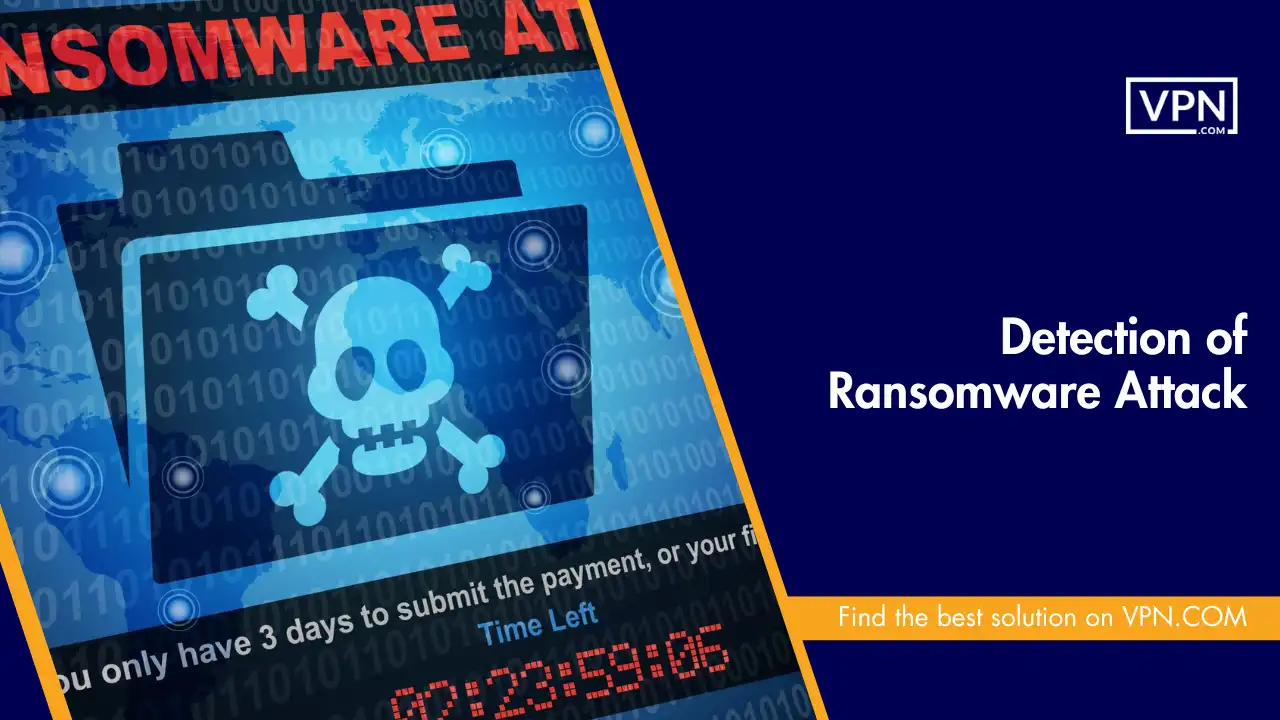
If you figured out that your computer or network was infected with ransomware, it means that you have to notice the signs. Do everything to find strange situations, as you may encounter documents that cannot be found or you may be begging for help from your windows. Similarly, an intrusion detection system may use special software to assist in catching ransomware early.
These systems keep and watch your computer and inform you if they notice anything wrong, like when an attempt is made to gain access or if there is a modification happening to the files. The service is somewhat like having an electronic bodyguard watching over your digital borders. Be watchful and keep an eye out for ransomware indicators, which will allow you to stop it before it does too much harm.
Specialized Software Detects Unauthorized Use
Uncontrolled access to personal computers is considered one of the gravest computer safety issues. Luckily, some software can help identify and stop such unauthorized access. They continuously monitor the network’s activity and system logs ensuring they keep an eye out for suspicious patterns like strange login attempts or transfer of undocumented files.
Furthermore, they will ensure that those in charge are immediately notified if they need to take actions that can sabotage the system. By means of this software, firms can achieve a high level of data confidentiality and prevent unauthorized access.
Monitor for Abnormal System Behavior
However, ransomware-as-a-service attacks can be great trouble, but there are also effective approaches to prevent them. Be cautious on the network or your own computer and watch for any suspicious activity. It could be sudden changes in the size of files, strange traffic on the network, or pop-up messages that you have not seen before.
If something looks odd, you need to act quickly, disconnecting the device in question and requesting a cyber security professional for help. By keeping yourself updated and acting responsibly you can increase the chances of averting ransomware-as-a-service attacks while also minimizing the risks of being the victim of these.
Stay Alert for Ransomware Clues
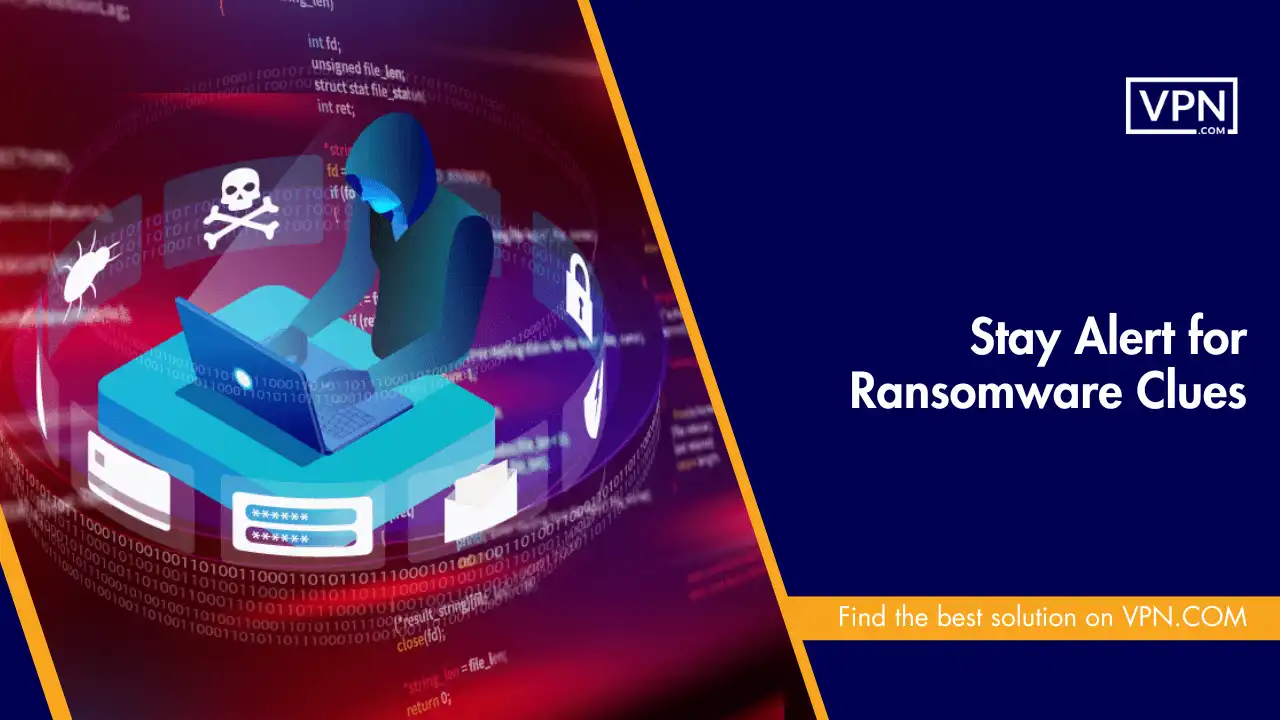
If a company experiences a case of ransomware, it is important to take immediate action to minimize the spread of the threat. Here are some steps you can take:
Isolate the affected systems
In case your systems get affected by ransomware, you have to ensure the affected computers, servers, and storage units are isolated immediately. This implies that the machine must be disconnected from both the wired and wireless networks from any cloud services it’s part of.
By keeping away the infected devices from the network, you can prevent the ransomware from spreading to the other parts of the network. This prevents further damage.
While you are doing this, ensure that you keep and save every step you take and notify everyone who may be involved about the ransomware attack and what actions you are taking to fix it. Correct information dispersion and documentation play a major role in the process of remediating non-tangible security breaches.
Assess the extent of the attack
It is mandatory to define the extent of the ransomware attack and to measure the resulting damage on the targeted systems. It comes down to what devices and networks were infected, what kind of data was encrypted, and if any data has been leaked.
Moreover, it is vital to establish the type of ransomware taken a look into and the attack vectors that might have been used which can give insights into the potential vulnerabilities exposed.
The knowledge of the complete scope of the attack gives responders a chance to adopt proactive measures that should include priorities, allocation of resources, and coordination toward containing and mitigating the damage.
Making Data Secure with Backup and Recovery
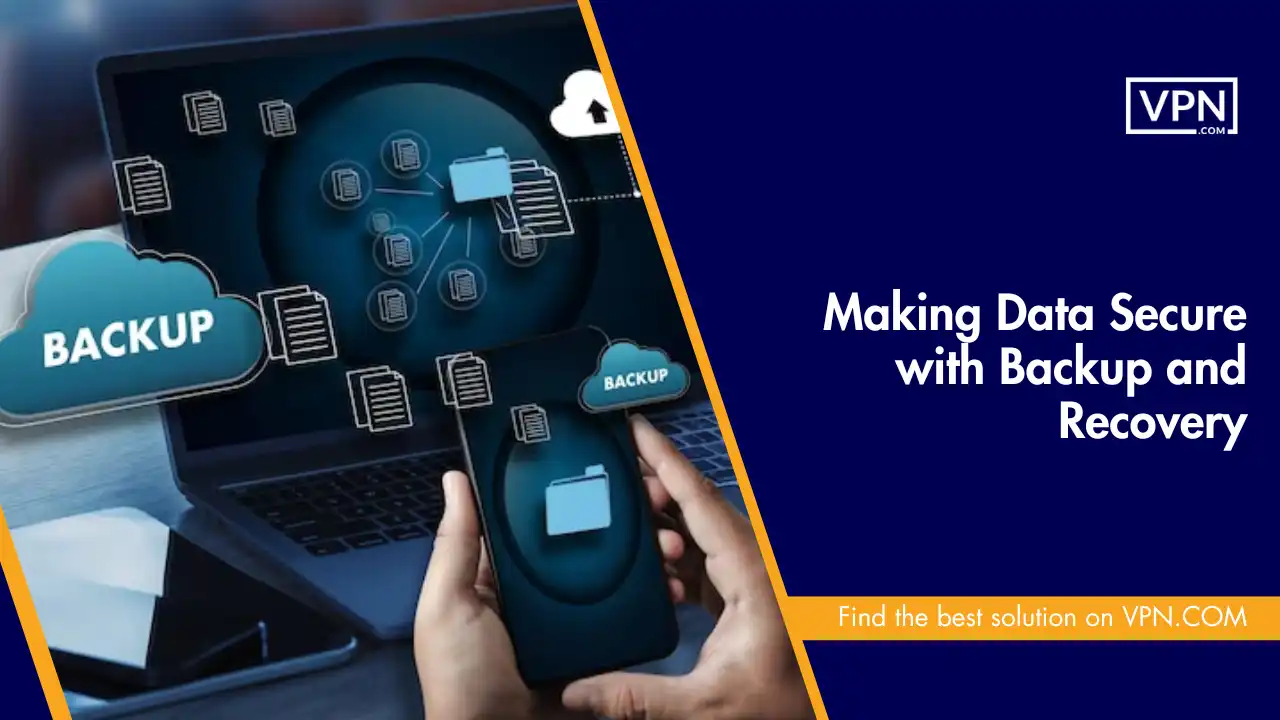
Data backup and recovery are a safety net as well as an insurance policy that would be used in case of data loss due to ransomware attacks, hardware failure or human error, meaning organizations can quickly bounce back to normal operations and continue the work.
This routinely maintaining role not only minimizes the risks but also builds confidence among all parties, showing them that their data is safe and always available whenever is demanded.
Regular data backup matters
The golden rule in ransomware recovery is conducting frequent backups of the affected data. Use supplementary strategies including local, remote, or virtual backup, to make data copies and also simplify access. It is a critical need to keep confidentiality and safety to avoid ransomware breaking them apart.
Restoring data from backups
After the ransomware attack is fixed, restore the most important parts from backups and allocate the highest priority to them. Accordingly, assure the authenticity of backup data and fortify the subprocesses to minimize the impact of the disaster. Therefore, recovery is aimed at the systems unable to run on their own.
Preventing Ransomware Damage
In case of facing a ransomware attack or something like that, quick action is needed to hold back the spread of the damage and decrease harm as much as possible.
Do’s If A System Has Been Hacked
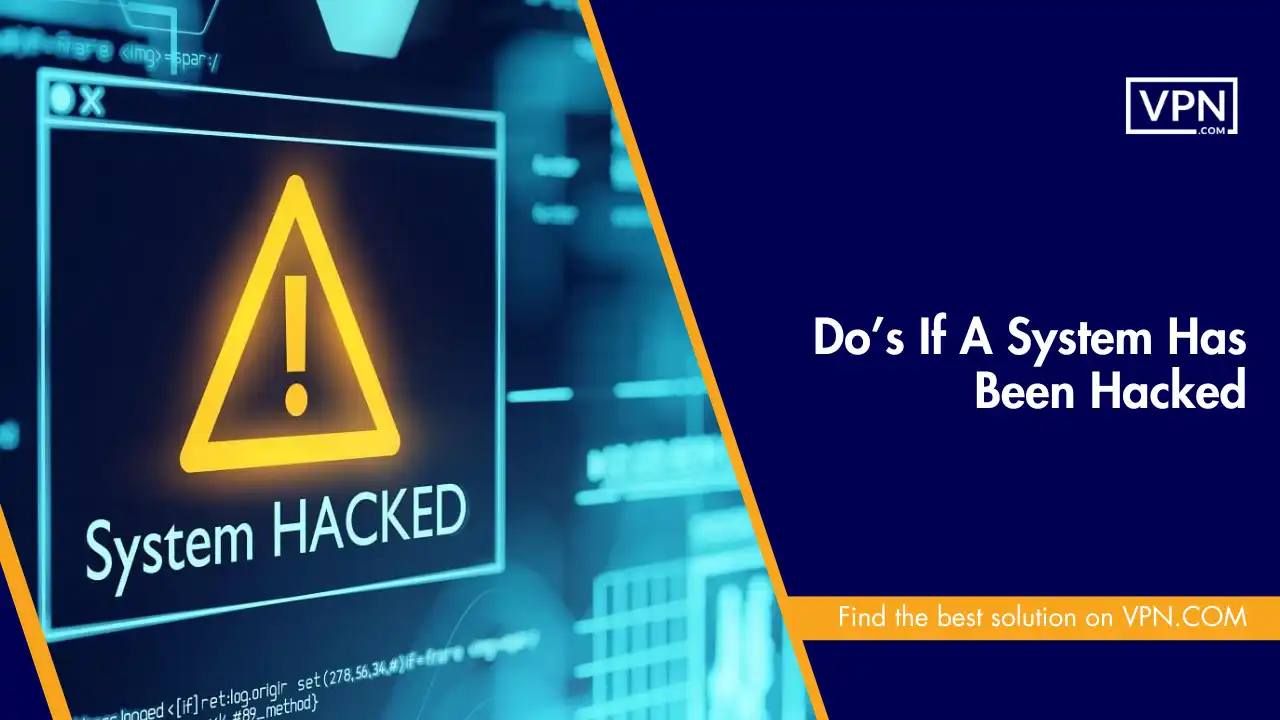
When the system is infected with malware, simply deleting the malicious program may not be sufficient for complete system security. The unseen infectious material (or weaknesses) might have been left on the system and could provide a foothold for the attacker to gain access once again.
In the event of such cases, the most secure operation is to purge the infected system. If a system has been hacked, it has to be fully erased and rebuilt. This referred to as the minimum reloading process, is dressing formatted hard disk, putting a fresh copy of the operating system (OS), and backgrounding the data from a clean backup.
Even if this process takes longer, it is the only way to make sure that a system is really clean from malware and absolutely secure.
Recover Data from Safe Backups
Backups ensure that crucial data can be recovered in the case of data loss. The first step in this process would be to search for the backup storage device that you have whether it be a hard drive or a cloud service. Point the backup to the most current backup file and initiate the restore procedure.
If the backup mode is chosen then it can be done either by choosing the files or the folders which can be restored. Moreover, once the restoration is accomplished, take measures of the data integrity for the assurance of its truthfulness. You can recall that it is a basic thing to keep a regular backup of your data to avoid information loss.
Prioritize Critical Systems Recovery
It is essential to pay attention to key system recovery in the event of a disaster, whatever the situation might be. Such systems as power, water, and communication are the backbones that provide safety and timely recovery. Through their concentrated efforts on restoring these systems, the community can first confront the negative effects of the disaster while embarking on post-disaster reconstruction.
This consists of evaluating the extent of the destruction, identifying the most vital systems, and costs, as supply chain networks become larger and more globalized. The interconnectedness between nations enhances negative externalities as well as the risk of contamination that may spread beyond national boundaries.
These challenges lie not only in the national level but also on regional and municipal levels that require close collaboration between government agencies, utilities, and the private sector. Through collaboration, communities will manage to get critical support systems operating again as soon as possible which translates to fewer disruptions in the day to day life and a quicker recovery as well.
Handling Incidents and Investigating
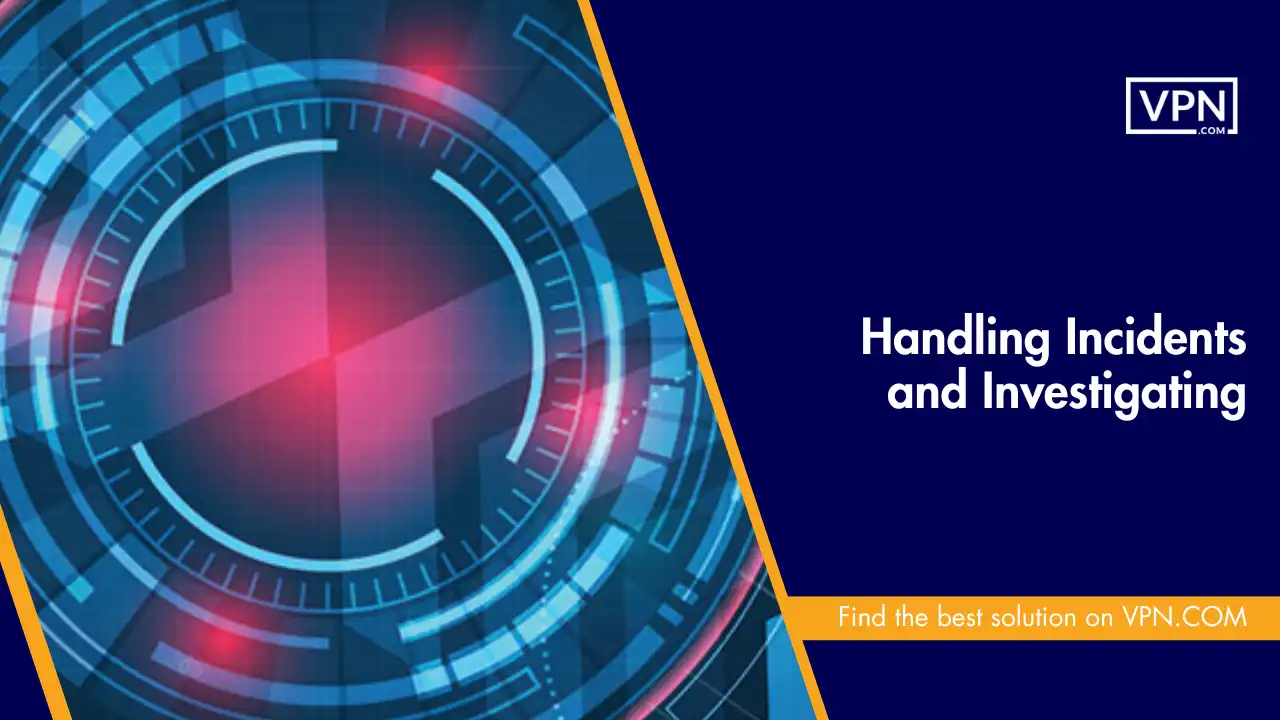
When something unexpected happens online, the next thing to do is react in a timely manner and spend extra time to delve deeper into the incident in order to find out the reason behind what happened. Here are some steps you can take to effectively manage incidents and conduct investigations:

Get Started w/ NordVPN Today
- Top-rated VPN for OS unknown
- Ultra-fast speed in US in 2024
- Save 69% off with VPN.com Discount
- Plans starting at $2.99/month
- Rated 4.5/5 on Google Play with over 825,000 reviews
- Rated 4.7/5 on Apple App Store from 6,600 users
Establishing an incident response plan
Organizations should ensure that they have an IR plan ready to manage ransomware incidents. IR plan spells out the steps to follow in case of incident response. It serves to companies pick up speed with prompt, efficient response, resulting in less damage and accelerated restoration of orderly operations.
Investigating the Ransomware Attack
The ransomware investigation is real at the present moment. Cyber security experts are continuing to work around the clock to identify the culprits, establish attack mechanisms, and evaluate the losses caused.
The initial discoveries show that the hackers used a recognized network vulnerability bypassing the security measures and therefore they managed to access the company’s sensitive data and encrypt the critical systems.
The law enforcement agencies are working night and day to track down the leads and they also collaborate with international partners to catch the criminals. The company is completely cooperating with the investigation and is taking every possible step to tackle the consequences of the attack.
Remediation and Mitigation
The main challenge after the ransomware attack is fixing and preventing other problems in the future. This requires implementing measures to deal with weaknesses and strengthen security. Help yourself to craft captivating sentences with our impactful examples by clicking the button below:
Removing the ransomware from infected systems
To get rid of ransomware once it has entered a system, you need to put into action an all-sided strategy. The first step is to isolate the system that is infected and take steps to contain the further spread.
After that, figure out which ransomware variant you have to identify to decrypt the data or find ways to prevent it. If the conversion is not possible, you can try to use backups to restore all data, keeping in mind that the infected system does not use them.
In severe cases where an entire system reboot is needed. Make data security and restoration the foremost action and professional advice communicated. Be aware of the fact that neither paying the ransom prompts the safety of your files nor does it discourage further attacks.
Strengthening security measures
Taking steps to increase security is an essential factor that has an impact on reducing the levels of individual and organizational data vulnerability. By following safe security measures online users reduce the risk of getting hurt.
It is comprised of several measures, including safe location, employing strong passwords and restricted access, frequent updates of software and systems, and being cautious about suspicious events. The goal of organizations and citizens should be to ensure security and act in a proactive manner so as to make their environment safer and less vulnerable.
Lessons Learned and Continuous Improvement

After a ransomware attack, it’s important to think about what happened and learn from it. Here’s what you can do to make things better and be ready for any future problems:
Learning from the Incident
After a ransomware attack, it’s crucial to review how you responded and recovered. Identify areas for improvement and update your plans to better handle future incidents.
Educating the Team
Teach your team about ransomware threats and prevention measures through security awareness and training programs. Empower them to recognize and report potential security threats, fostering a culture of cybersecurity vigilance.
Staying Informed and Updated
Keep informed about the latest ransomware trends and tactics through continuous monitoring and threat intelligence. Regularly review and update security controls to adapt to evolving ransomware threats effectively.
FAQs
What is ransomware?
Ransomware is a type of malicious software that locks you out of your computer or files until you pay a ransom to regain access.
How Does Ransomware Work?
Ransomware is a type of malicious software that infiltrates a computer system, encrypts the user’s data, and then demands payment, typically in cryptocurrency, in exchange for the decryption key needed to regain access to the affected files.
How does ransomware infect computers?
Ransomware can infect computers through email attachments, shady websites, or other vulnerable points in your system.
What should I do if I suspect a ransomware attack?
If you suspect a ransomware attack, disconnect from the internet, backup your data, and scan your system with antivirus software.
How can I prevent ransomware attacks?
Protecting against ransomware attacks, keeping your computer systems updated, installing reliable antivirus software, and regularly backing up your data.
How do I handle a Ransomware attack?
If ransomware locks your files, do not pay the bad guys. Right away, unplug any infected computers from the internet. Then, get your important files back from a recent backup. Stay cool, and ask cybersecurity professionals to lend a hand.

Get Started w/ NordVPN Today
- Top-rated VPN for OS unknown
- Ultra-fast speed in US in 2024
- Save 69% off with VPN.com Discount
- Plans starting at $2.99/month
- Rated 4.5/5 on Google Play with over 825,000 reviews
- Rated 4.7/5 on Apple App Store from 6,600 users
The Bottom Line
Finally, the ransomware attack response should include several stages, namely, immediate response, data backup and recovery, incident response and investigation, remediation, and mitigation, as well as continuous improvement.
Through execution of the steps outlined in this article and advancing risk mitigation by emphasizing the preventive approach and preparedness, organizations are able to be proactive in ransomware cyber-attacks and thus do not only protect their assets but also their core operations.
One of the key issues for companies is to take prompt actions to avoid the risks of ransomware and to withstand advancing cyber security threats.
Customer Reviews for NordVPN: In-Depth Review, Tests, and Stats
![How to Prevent and Recover From a Ransomware Attack In [year]?](https://cdn.vpn.com/wp-content/themes/VPN/images/trustpilot/trustpilot_5_star.png)
Connection issues with MLB.TV
May, 2 2023
![How to Prevent and Recover From a Ransomware Attack In [year]?](https://cdn.vpn.com/wp-content/themes/VPN/images/trustpilot/trustpilot_5_star.png)
Prompt customer service
May, 6 2023
![How to Prevent and Recover From a Ransomware Attack In [year]?](https://cdn.vpn.com/wp-content/themes/VPN/images/trustpilot/trustpilot_5_star.png)
I would highly recommend
December, 15 2023

![How to Prevent and Recover From a Ransomware Attack In [year]?](https://cdn.vpn.com/wp-content/themes/VPN/images/icons/payment-methods/mastercard.png)
![How to Prevent and Recover From a Ransomware Attack In [year]?](https://cdn.vpn.com/wp-content/themes/VPN/images/icons/payment-methods/american_express.png)
![How to Prevent and Recover From a Ransomware Attack In [year]?](https://cdn.vpn.com/wp-content/themes/VPN/images/icons/payment-methods/discover.png)